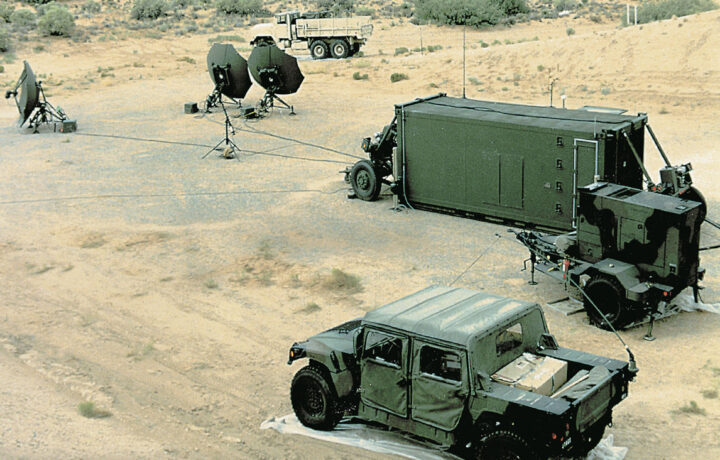Last year, control of satellite ground stations that had been operated by the United States Army for decades was transferred to the United States Space Force. In addition, the sixth and newest branch of the United States military also took control of Wideband Global Satcom and Defense Satellite Communications System constellations of military satellites.
Those satellites had been built and launched by the U.S. Air Force, yet the Army controlled the payloads.
The Pentagon had approved the transfer in 2021 as part of an effort to consolidate space programs under the new military branch, which has been charged with providing satellite-based services to the Department of Defense (DoD) and its allies. The U.S. Army had previously shifted about $78 million to the Space Force’s 2022 budget to cover the costs of operating the five satellite operations centers along with four regional support centers.
Spacenews.com reported last year that about 500 military and civilian personnel would transition from the U.S. Army to Space Force’s Delta 8 unit, which is based at Schriever Space Force Base, CO. Space Delta 8 also operates the Global Positioning System constellation and several communications systems, including Advanced EHF, MILSTAR, and the Enhanced Polar System.
“Over the course of 2023, we will continue to accelerate change by streamlining innovation with our community, and mission partners while modernizing Space Force capabilities as a digital service,” U.S. Space Force Col. Marcus Jackson, commander of Space Base Delta 2, said via a statement earlier this year. “Resilient infrastructure and architecture are the most cost-effective solution towards building an effective and robust system for staying ahead of the threat.”
Change of Plans for JTAGS
The U.S. Army had originally been slated to keep control of its Joint Tactical Ground Stations (JTAGS), but in January, it was confirmed that those would also be transferred to the Space Force. The satellite ground stations for decades have been operated by the U.S. Army and will be officially handed over to Space Delta 4 later this year.
This transfer will mark the first time all Department of Defense military satellite communication functions will be consolidated under one branch of service.
“By the time all this coalesces, Delta 4 is going to have orbital sensors, ground-based sensors doing the strategic mission, ground-based sensors doing tactical missions and of course, all the array of antennas around the world that ensure that data transfer goes from one place to another,” Space Delta 4 commander Col. Miguel A. Cruz said at the recent AFA Warfare Symposium, Air & Space Forces magazine reported.
The Role of JTAGS
Each of the U.S. military’s four JTAGS, which are deployed worldwide as part of the U.S. Strategic Command’s Theater Event System, processes satellite data and disseminates ballistic missile warning or special event messages to warfighters in support of regional combatant commanders over multiple theater communication systems.
These are the primary systems that provide space-based integrated, in-theater missile warning. The JTAGSs provide continuous processing of overhead non-imaging infrared (ONIR) data that is directly downlinked from the Defense Support Program (DSP) satellite constellation. The four forward-station Detachments are based in Italy, Qatar, South Korea, and Japan – and have been organized under the 1st Space Company, which falls under the 1st Space Battalion, under the 1st Space Brigade, part of the U.S. Army Space and Missile Defense Command (SMDC), based at Huntsville, AL.
The systems were built by prime contractor Northrop Grumman. Ongoing product improvements integrate JTAGS with the next-generation Space Based Infrared System (SBIRS) satellites.
Transfer of Operations and Possibly Personnel
The move from the Army to Space Force would make sense as SMDC has no plans to build complete satellites and instead will develop payloads that Space Force or other organizations will integrate on military or commercial satellite buses. There are already a number of Space Force guardians working alongside U.S. Army soldiers at the various JTAGs detachments.
As the transfer moves forward, Space Force will continue to lean on the “resident expertise” of the Army. There could also become inter-service transfers.
“It’s not like you can flip a switch and say ‘Here you go. Here’s the keys to the new mission and off you go,'” Col. Jackson also said during the recent AFA Warfare Symposium. “There’s a lot of planning that goes into transferring a mission into another service, to include the number of people that are going to transfer, how you’re going to train them, the training pipeline, the sustainment activities that goes with that because now money and sustainment responsibility go from one service to another.”
Despite which branch of service is watching the skies, the important part is that the job will continue to be done by the best in the business.




